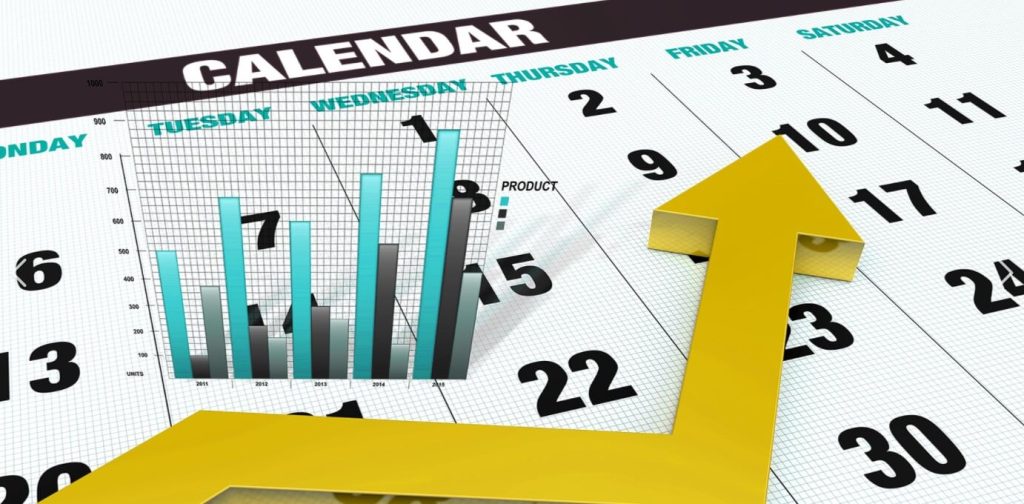Introduction: Trading in the Age of Instant Information
In today’s financial landscape, global events can reshape entire market trends in a matter of minutes. From central bank announcements to geopolitical tensions, traders are increasingly navigating a marketplace that responds more to headlines than to historical patterns. This fusion of macroeconomics and market movement means that understanding how news transforms into price action is no longer optional — it’s essential.
WWhether you’re a technical day trader, swing trader, or macro-focused investor, understanding how economic data and policy decisions influence the markets gives you a measurable edge. Macroeconomic events are among the most powerful drivers of market movement and sentiment.
The Core Drivers of Macroeconomic Market Impact
Macroeconomic events refer to large-scale financial developments that affect entire economies. These include government policies, monetary decisions, fiscal stimuli, and key economic indicators. Their impact reaches across asset classes — equities, bonds, forex, commodities, and even cryptocurrencies.
The most influential macroeconomic levers include:
1. Interest Rate Decisions
Made by central banks (e.g., Federal Reserve, ECB, Bank of Japan), these decisions influence borrowing costs, liquidity, and investor sentiment. A hike in interest rates generally signals an attempt to cool down inflation but often causes equity markets to dip due to increased financing costs and lower corporate profits. Conversely, a rate cut can stimulate growth but may weaken the domestic currency.
2. Inflation Reports (e.g., CPI, PPI)
Consumer Price Index (CPI) and Producer Price Index (PPI) offer insights into price stability. If inflation rises faster than expected, markets may anticipate tighter monetary policy. Inflation that overshoots can lead to risk-off sentiment, where investors shift capital into safer assets like gold or government bonds.
3. Employment Data (e.g., Non-Farm Payrolls)
Employment figures serve as a barometer of economic health. A stronger-than-expected jobs report can lift equity markets, especially in cyclical sectors. However, too-strong data may cause concern about overheating and provoke fears of rate hikes.
4. Gross Domestic Product (GDP)
GDP reports reflect an economy’s output. Slowing growth or recessionary signals generally lead to risk aversion, pushing investors toward bonds or defensive sectors.
5. Geopolitical Events and Fiscal Policies
War, trade sanctions, elections, and major government policies can spark immediate and unpredictable reactions. For instance, Brexit-related announcements repeatedly rocked GBP/USD, while oil prices are heavily influenced by OPEC’s decisions or geopolitical instability in the Middle East.
Anticipating Reactions: Why Context Matters More Than the Headline
It’s a mistake to assume markets respond only to the data itself. Instead, they respond to how that data compares to expectations.
For example:
- If the market expects 3.2% inflation and CPI comes in at 3.0%, the market might rally — not because inflation is low, but because it was less bad than feared.
- A central bank’s decision to keep rates unchanged can lead to volatility if the accompanying statement signals a change in tone (hawkish or dovish).
Understanding consensus expectations, previous data points, and the broader policy narrative is critical to interpreting the real impact of any macroeconomic release.
Practical Tools for Tracking and Trading the News
1. Economic Calendars
Platforms like Forex Factory, DailyFX, or Trading Economics offer economic calendars with impact ratings. These tools allow traders to prepare for upcoming releases with time-stamped precision, sometimes offering forecasts and consensus estimates alongside historical data.
2. Volatility-Adjusted Strategies
Macro events often lead to volatility spikes. Traders use tools like the Average True Range (ATR) to recalibrate stop-loss and take-profit levels during high-risk sessions. Some traders reduce position sizes or temporarily step away during major releases to avoid unpredictable moves.
3. Scenario-Based Planning
Experienced traders pre-plan responses for key events. For example:
- If NFP beats expectations, go long USD vs. JPY, short EUR/USD.
- If FOMC sounds dovish, anticipate short-term tech rallies and a gold rebound.
Such planning avoids emotional decisions during volatile periods.
Market Reactions Across Asset Classes
| Event Type | Equities | Bonds | Currencies | Commodities |
|---|---|---|---|---|
| Rate Hike | Decline in growth stocks | Bond yields rise | Domestic currency strengthens | Gold and oil may fall |
| Strong Inflation Data | Volatility, rotation to value | Bond prices fall | Currency strengthens | Commodities react depending on cost pressures |
| Weak Employment Report | Equities decline or rotate | Flight to safety (bonds rise) | Currency weakens | Oil prices may fall |
| Geopolitical Conflict | Safe-haven sectors rise | Bonds rally | Yen, USD, CHF strengthen | Oil and gold typically rise |
Risk and Opportunity: The Dual Edge of Macro Trading
While macro events create opportunities, they also introduce higher risk. Markets can become disconnected from logic in the short term, as algorithms and institutional volume create price whipsaws. False breakouts and liquidity traps are common.
For this reason:
- Many traders avoid entering positions within 15–30 minutes of a high-impact news event.
- Some design specific strategies to fade the initial reaction — betting that the market will overreact and then revert.
Backtesting macro-driven strategies is essential. Tools like TradingView or MT4/5 allow traders to simulate past trades during historical events to assess how their system performs during volatility.
Cultivating a Macro Mindset
To develop a more effective approach to macro-driven trading:
- Read central bank statements and minutes, not just headlines.
- Understand the connections between asset classes.
- Follow key policymakers and economic analysts.
- Maintain a bias, but remain flexible enough to change it based on new data.
The macro trader doesn’t just trade charts — they trade narratives.
And those narratives are constantly being rewritten.
Closing Thoughts
Markets don’t move on data alone — they move on surprise, expectation, and interpretation.
In this environment, traders must evolve from simply reacting to news to strategically positioning ahead of it.
Learning to translate complex macroeconomic signals into actionable trades is one of the most valuable skills in any trader’s toolbox. In a world of uncertainty, it provides clarity — and the opportunity for consistent edge.


